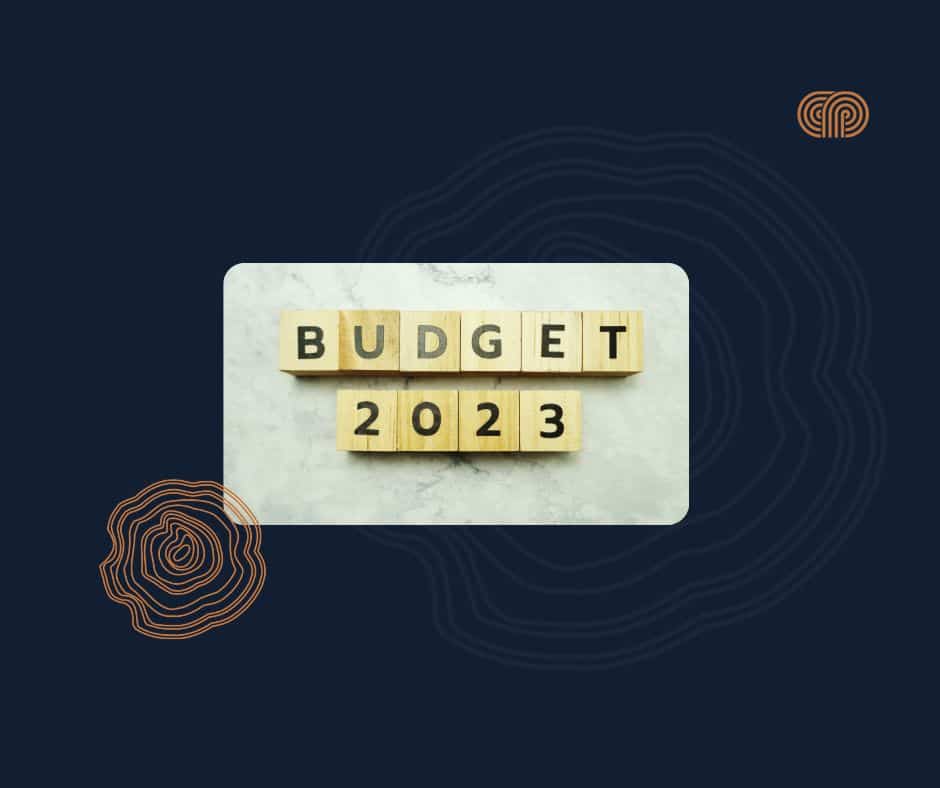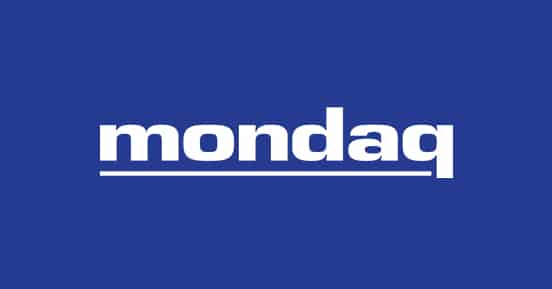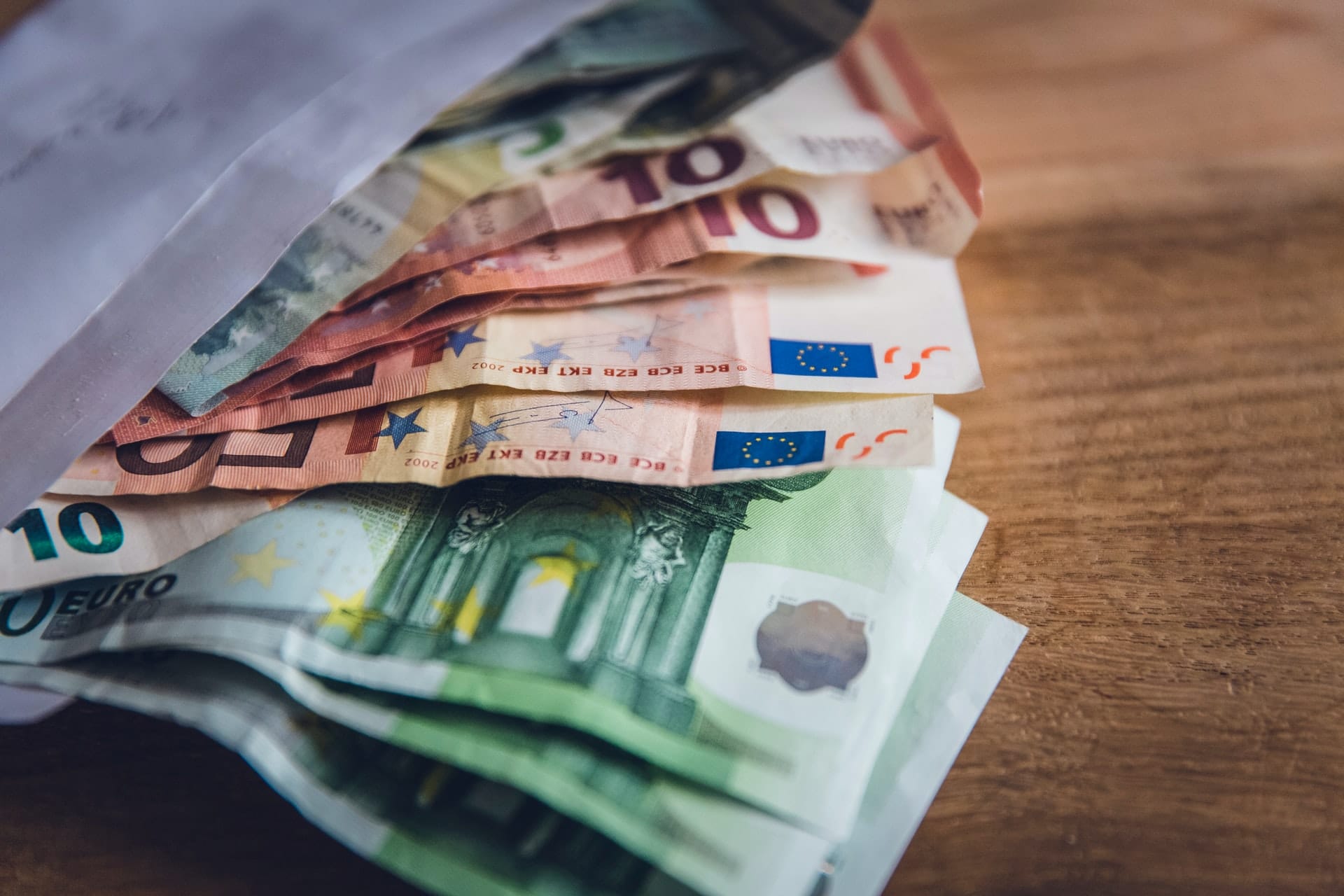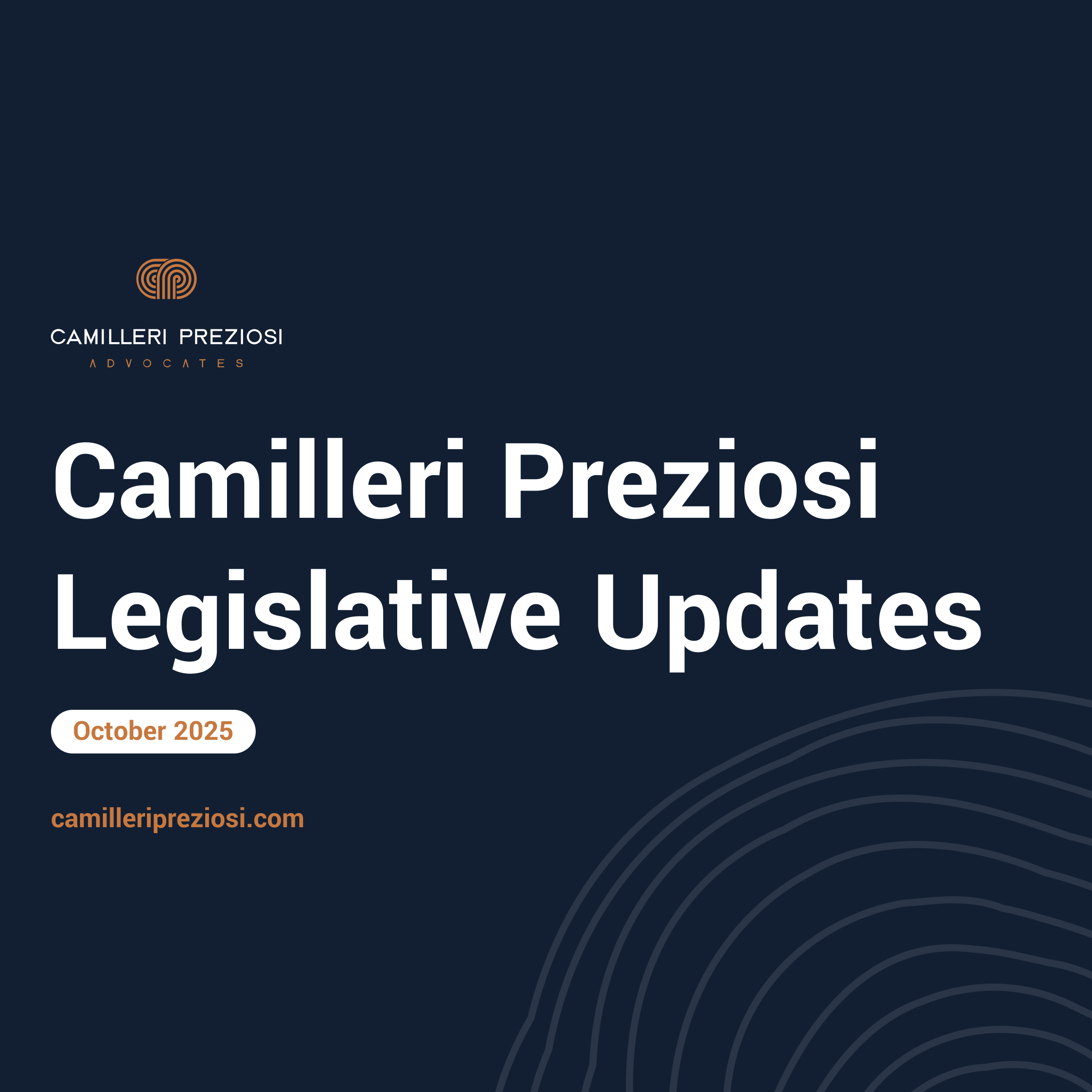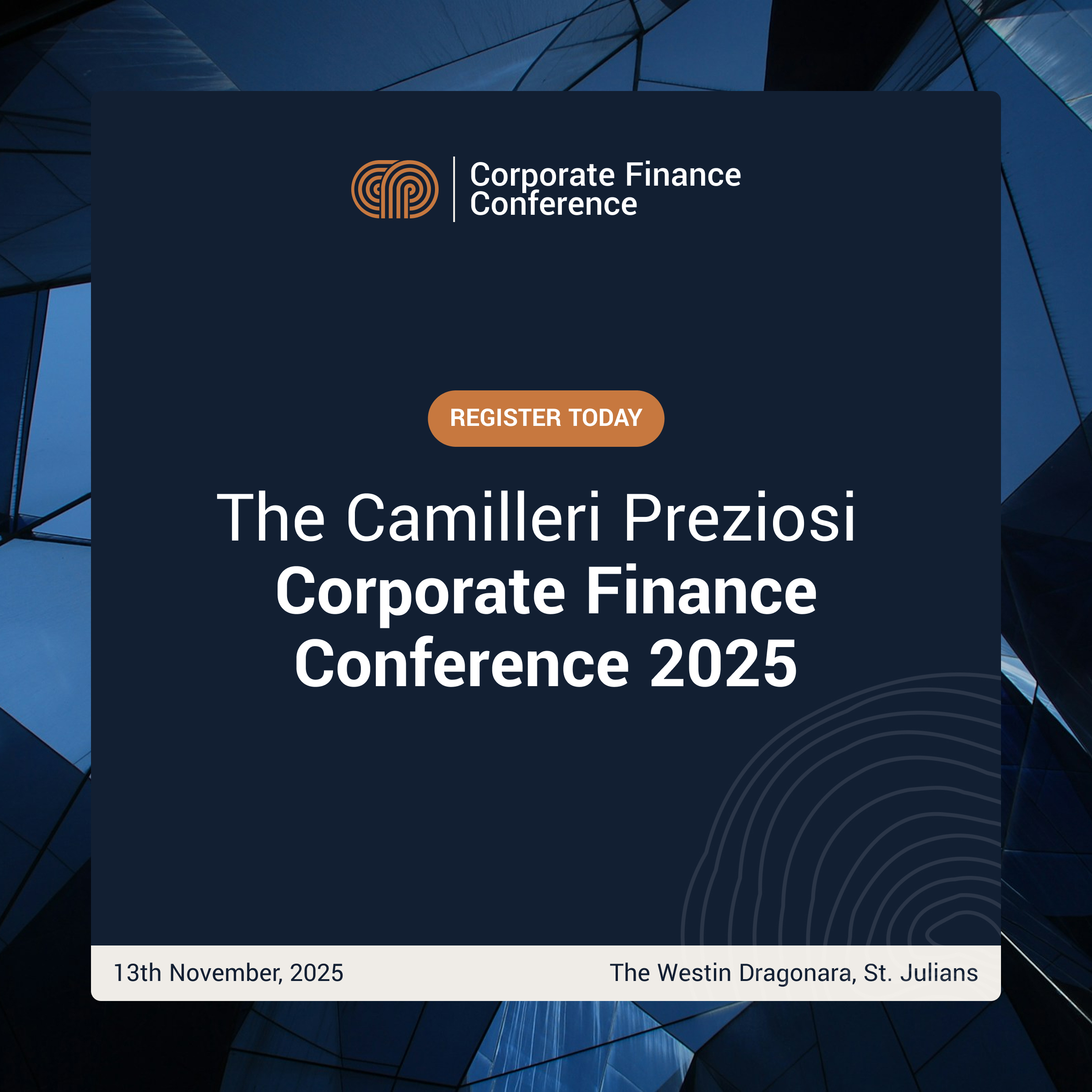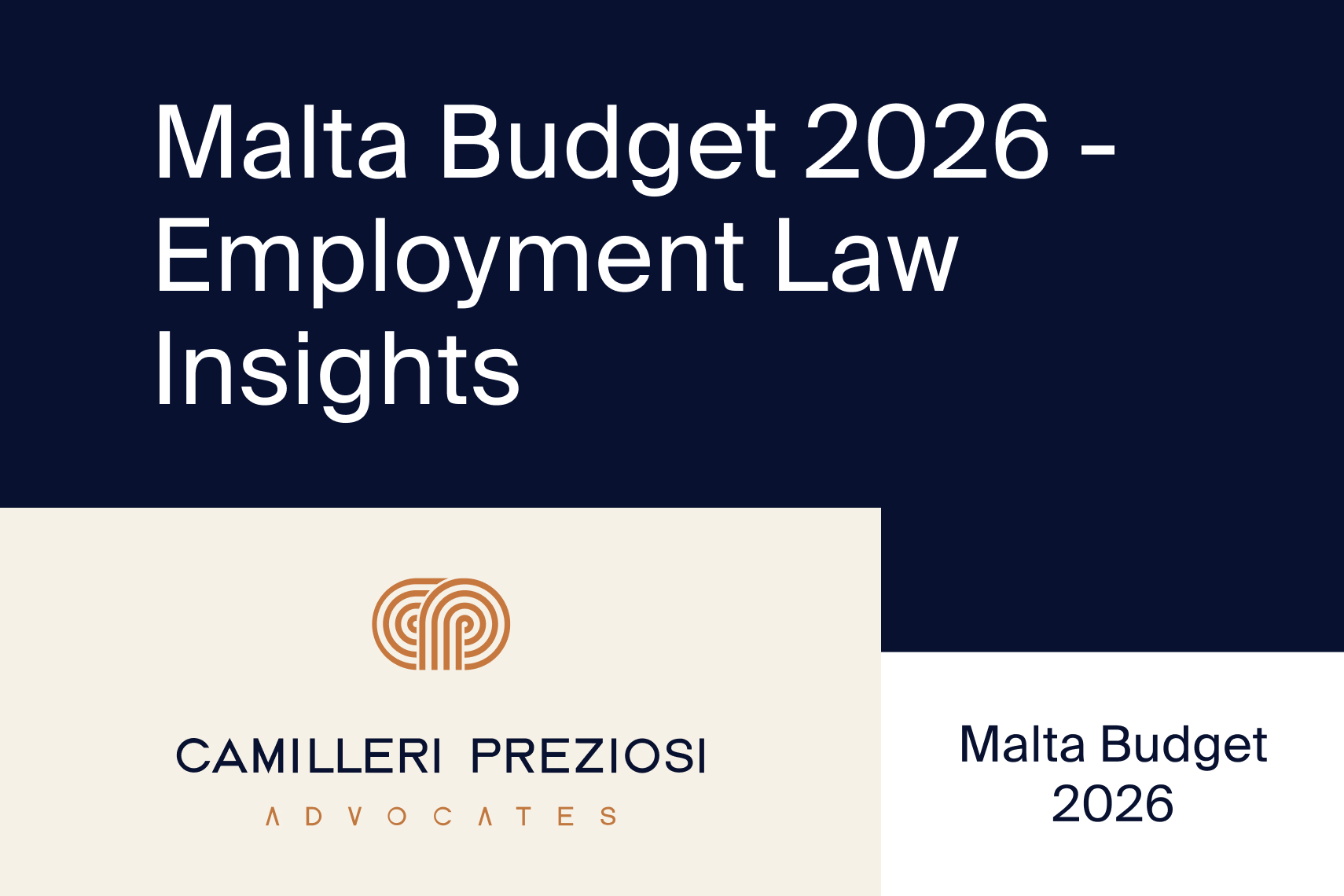Although the terms falsified and counterfeit are commonly used interchangeably in everyday language, these terms have diverging definitions in terms of pharmaceutical law. Although the two types of medicines are not mutually exclusive, there are subtle differences between them which trigger the applicability of different European Union (“EU”) and local laws. Both types of medicines, however, represent a severe threat to global public health and could have detrimental effects on patients’ chances of recovery. Moreover, these illegal products have begun to affect innovative and life-saving medicines, not only through illegal drug supply channels but through legitimate ones too.
Falsified medicines refer to medicines which do not meet the standards of safety, efficacy and quality as are required under strict EU law. These medicines enter the market and try to be passed off as authentic medicines. However, seeing as they have not undergone the authorisation procedures as mandated under EU law, falsified medicinal products often contain ingredients of a harmful quantity or quality, or the incorrect dosage.
Counterfeit medicines, on the other hand, refer to medicinal products that infringe upon the intellectual property rights (“IPRs”) owned by the proprietor of the said rights. Counterfeit products are usually manufactured and marketed by organisations that do not own any IPRs in relation to the medicinal products, or they do not have the required authorisation to produce or market products with the said IPRs.
In terms of pharmaceutical law, falsified medicines are subject to the Falsified Medicines Directive (the “Directive”), as transposed into Maltese law under the Pharmacovigilance Regulations (S.L 458.35 of the Laws of Malta). The Directive, which has been in force since 2013, introduced various measures which attempt to counter the introduction of falsified medicinal products into the European market and harmonise Member State law in this area. The measures include the introduction of (i) obligatory safety features including a unique identifier and an anti-tampering device, both of which must be adhered to the medicinal product, (ii) an EU-wide logo to be affixed onto online pharmacies’ websites, (iii) stricter rules on the import of active pharmaceutical ingredients and (iv) tougher record-keeping requirements for wholesale distributors.
Moreover, the Commission of the EU published the Commission Delegated Regulation laying down detailed rules for the safety features appearing on the packaging of medicinal products for human use in 2016 (the “Regulation”). The Regulation was introduced as a result of the requirements of the Directive. The Regulation expands upon the ways in which medicinal products’ authenticity and safety is verified. Importantly, the Regulation requires marketing authorisation holders to set up a repositories system which is responsible for checking the authenticity of certain medicinal products by retaining records of operations relating to the unique identifier safety feature. The intended effect of this verification system is to exclude unauthorised medicines from entering the legal market. Marketing authorisation holders have until 9 February 2019 to fully implement their repositories system.
Unlike falsified medicines, counterfeit medicines are governed by various EU and local laws which regulate several different IPRs, such as patents and trademarks. The applicable law will depend on which IPR is being infringed. Moreover, a counterfeit medicine may also be subject to the Directive if the medicinal product itself did not undergo the appropriate checks and balances as required by EU law.
